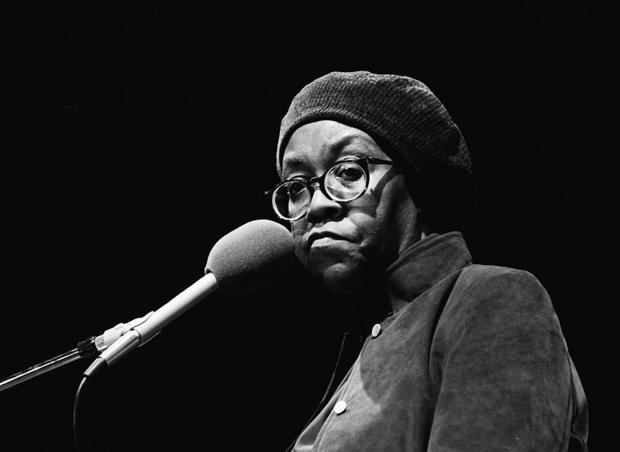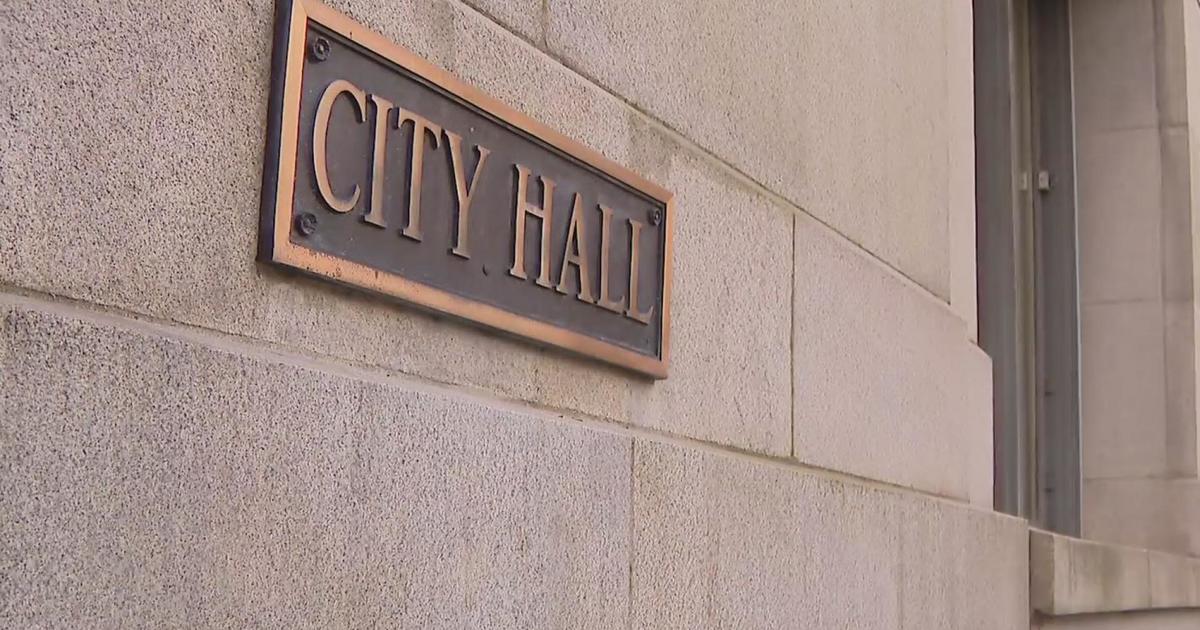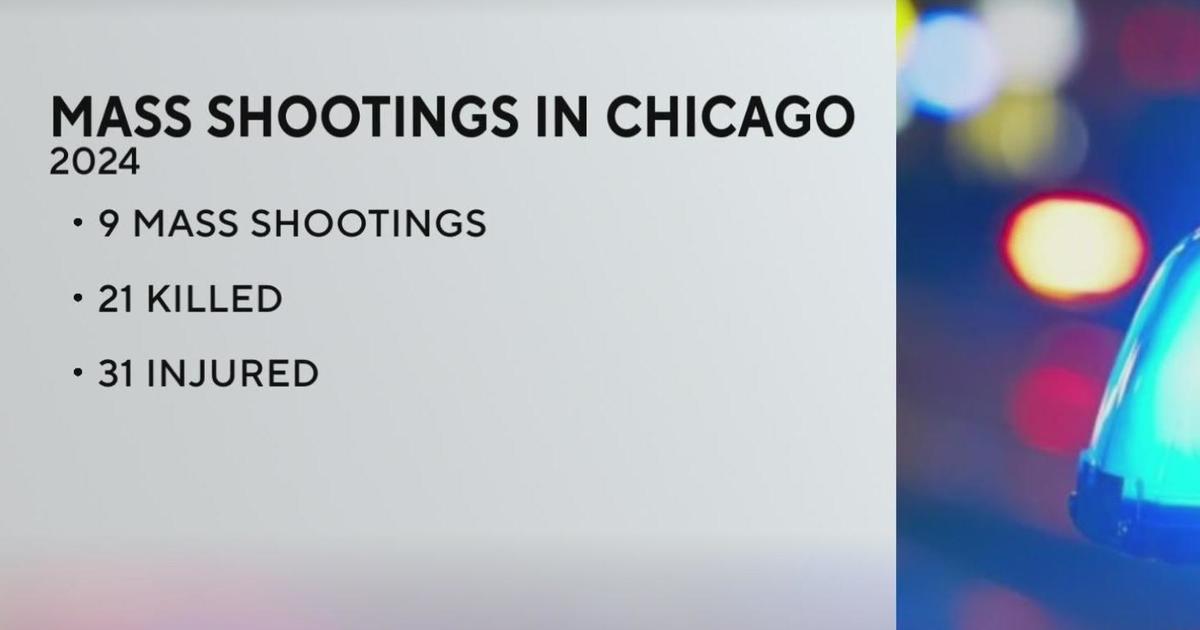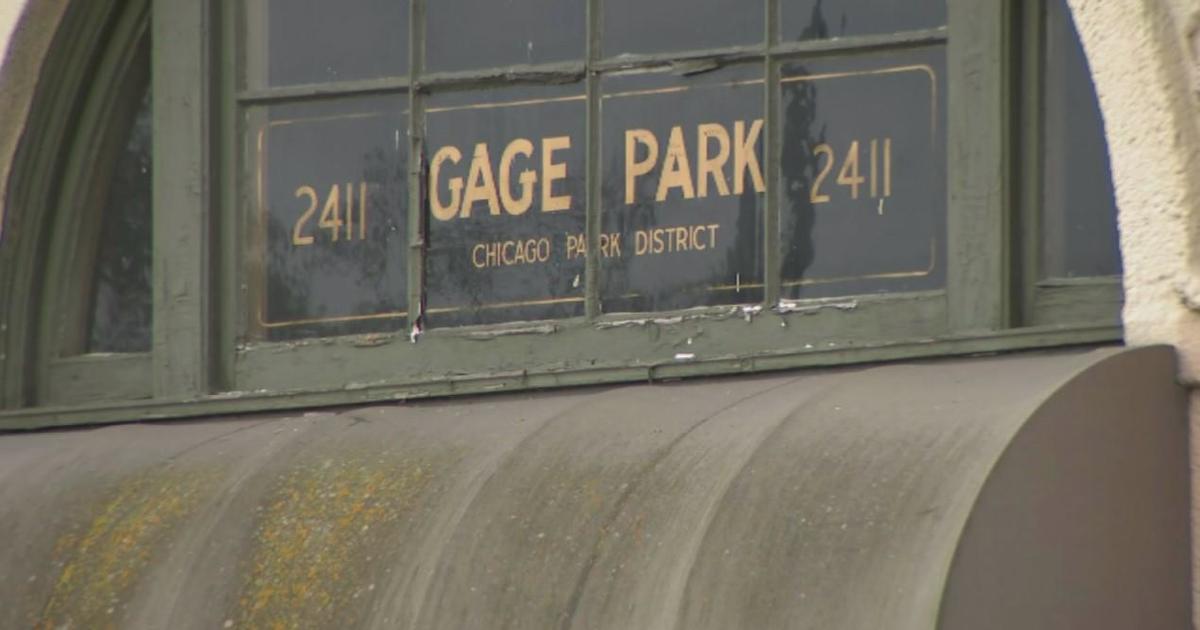Best Books Based In Chicago
To understand Chicago, picture the "razzmatazz" and "all that jazz" of Jimmy van Heusen and Sammy Cahn's song, "My Kind of Town (Chicago is"), and the "stormy, husky" "City of the Big Shoulders" of writer Carl Sandburg's poem, "Chicago." For a deeper sense of what the city was and how it influenced writers turn to books about its people and politics, its underbelly and neighborhoods, its architecture and historic events. The books listed here are notable for having been set in Chicago, exuding a Chicago flavor or portraying something unique to Chicago.
"Boss: Richard J. Daley Of Chicago"
By Mike Royko
Published by E.P. Dutton and Company, New York, NY, 1971, and republished by Plume (a Penguin Division) New York, NY, 1988, "Boss" is a fascinating behind-the-scenes look at Chicago and the man who once ran it. Chicago is a Richard Daley town. Rahm Emanuel won as mayor after Richard M. Daley, in office April 1989-May 2011, stepped down. Under Richard M. and late wife Margaret, the arts and parks, particularly Millennium Park, bloomed in the the Chicago that people know today. It hummed along like a well-tuned though budget-plagued, machine. But it was dad Richard J. Daley, mayor from April 1955 until his death in office 1976, whose name is on the plaza with the famed Picasso sculpture and who was behind whatever went on in Chicago and generally, in the Democratic Party, for a quarter of a century. You might say he was the "Boss." And that is what the late Mike Royko (1932-1997), a Pulitzer Prize winner who wrote for Chicago Daily News, Chicago Sun Times and Chicago Tribune, called him in the seminal book about Chicago. The 1988 edition includes thoughts by Royko on Chicago's future after Richard J.
"Chicago Architecture And Design"
By Jay Pridmore and George A. Larson
Chicago is known throughout the world for its historic, trend-setting and innovative architecture. It's great to marvel at the buildings first-hand. Just as good is knowing what you are seeing and its impact. In the Preface of "Chicago Architecture and Design," co-author George A. Larson (1912-2008) says: "Chicago is one of the most exciting cities in the world for architecture and design. Chicago is where the story of twentieth-century architecture unfolded, where the icon of our business world, the skyscraper, first took shape. Noted architect Helmut Jahn explains in the Forward why he came to Chicago. "I regarded Chicago as the architecture capital of the world. I wasn't the only one." Indeed, author Jay Pridmore, an architecture historian, and Larson, an architect and teacher, take readers through the names and styles in Chicago's architectural history. They do so by citing and showing residential and commercial landmarks ranging from Daniel H. Burnham & Company's Reliance Building and Adler and Sullivan's Charnley House to Frank Gehry's Pritzker Pavilion and a Tado Ando house on Wrightwood Avenue. In between are the Prairie, Arts and Crafts and Art Deco movements and references to Mies van der Rohe and other architects. "Chicago Architecture and Design was published by Abrams, New York, NY, 2005. Most of the photographs are by Hedrich Blessing.
"The Man With The Golden Arm"
By Nelson Algren
In "The Man with the Golden Arm," Nelson Algren (1909-1981) colorfully paints a down and out picture of World War II veteran Frank "Frankie" Majcinek. Frankie is a poker dealer struggling with finances and a drug addiction begun when trying to relieve pain from shrapnel in his liver. Set on Chicago's near northwest side at Milwaukee Avenue and Division Street where Algren lived, the story picturesquely portrays the city's seamy side and characters. Movie producer Otto Preminger turned the book into a film with Frank Sinatra but modified the story and ending. Algren's is darker. The author, winner of the first National Book Award, is still revered in Chicago where some literary awards are named for him and where the Nelson Algren Committee celebrates the author's pithy writings in his former neighborhood, known now as Wicker Park. Originally published by Doubleday, New York, NY in 1949, it won the National Book Award in 1950 and was republished by Seven Stories Pres, New York, NY in 1999.
Related: A Hollywood-Inspired Reading List
"Humboldt's Gift"
By Saul Bellow
Nobel Prize Fiction winner Saul Bellow set several books in Chicago where he lived while growing up and where he returned after living abroad and in New York. In "Humboldt's Gift," published by Viking (division of Penguin) New York, NY, 1975, successful author/playwright Charlie Citrine is haunted by the philosophy of former mentor Von Humboldt Fleisher. Bellow bases Humboldt on meditative writer and poet Delmore Schwartz. Citrine's problem is like the person who has a devil on one shoulder, in this case, Chicago Mafioso Rinaldo Cantabile who talks about profit, and an angel on the other, the dead Humboldt, a former mentor who talks about being true to one's art. Contemplating Humboldt, Citrine says, "that in Chicago Humboldt was a natural subject for reflection. Lying at the southern end of the Great Lakes, twenty percent of the world's supply of fresh water, Chicago with its gigantesque outer life contained the whole problem of poetry and the inner life in America." The book has been reprinted by Penguin Classics in 2008.
"The Devil In The White City: Murder, Magic And Madness At The Fair That Changed America"
By Erik Larson
In "The Devil in the White City," magazine and newspaper features writer Erik Larson pairs two major Chicago events that occurred in 1893: the construction of the World's Columbian Exposition (Chicago's World Fair) led by architect Daniel H. Burnham and the murderous behavior of serial killer Herman Webster Mudgett known as Dr. H.H. Holmes. The double plot may sound like fiction because Holmes used the World's Fair to attract victims, but the book is totally non-fiction and became a No. 1 New York Times bestseller. Published by Vintage Books, a division of Random Publishing House, New York, NY, 2003, the book was an Edgar Award Winner for fact-crime writing. The only major Columbian Exposition building to survive is the Museum of Science and Industry, known back in 1893 as the Palace of Fine Arts.
Related: Best Book Club Picks For Fall
"A Street In Bronzeville"
By Gwendolyn Elizabeth Brooks
Late Illinois Poet Laureate Gwendolyn Brooks (1917-2000) won the Pulitzer Prize for Poetry for "Annie Allen" (1950). It beautifully describes feelings experienced at different stages of life. But to read "A Street in Bronzeville," published by Harper and Row in 1945, is to see Bronzeville, a Chicago neighborhood, through the eyes of an African American. The book was the first of Brooks' long line of memorable published poetry books and individual poems about life, African American heritage, expectations and self-images. However, "A Street in Bronzeville" is filled with heartfelt characters such as Moe Belle Jackson, Mame and Pearl May Lee who struggle to get on with life in spite of oppressive circumstances.
"The House On Mango Street"
By Sandra Cisneros
To know Chicago is to understand that ethnic groups have populated and developed its neighborhoods. But even though those neighborhoods have influenced and arguably shaped the population, young residents often want to leave for a better life or a different life. In "The House on Mango Street," Esperanza Cordero wants to leave her poor Latino neighborhood and determine her own destiny. Published in 1984 by Arte Publico, Houston, and in 1989 by Vintage, New York, "The House on Mango Street" received the American Book Award by the Before Columbus Foundation.
Jodie Jacobs is a veteran journalist who loves writing about Chicago, art, theater, museums and travel. Her work can be found on Examiner.com.







